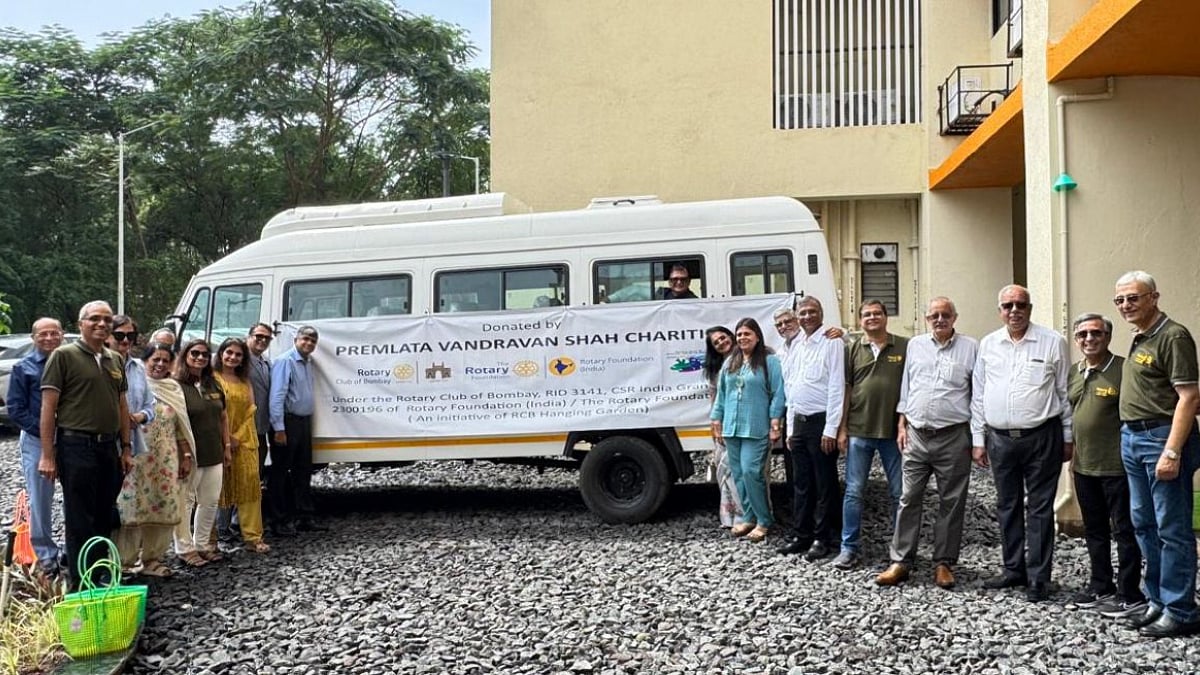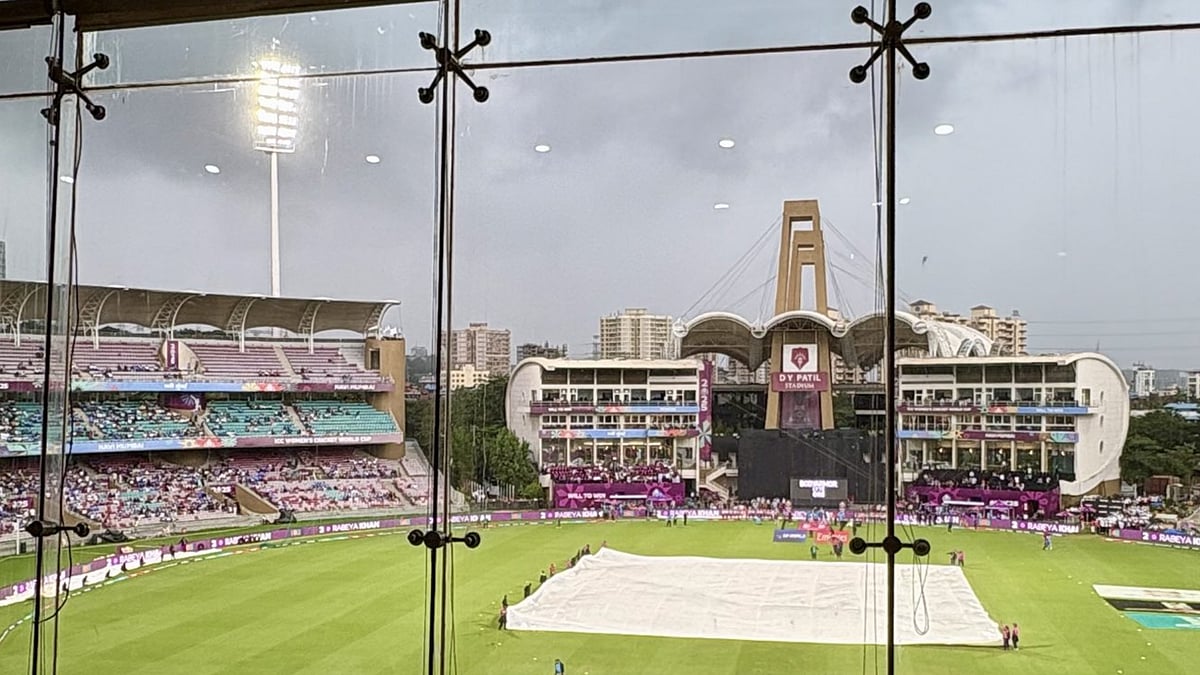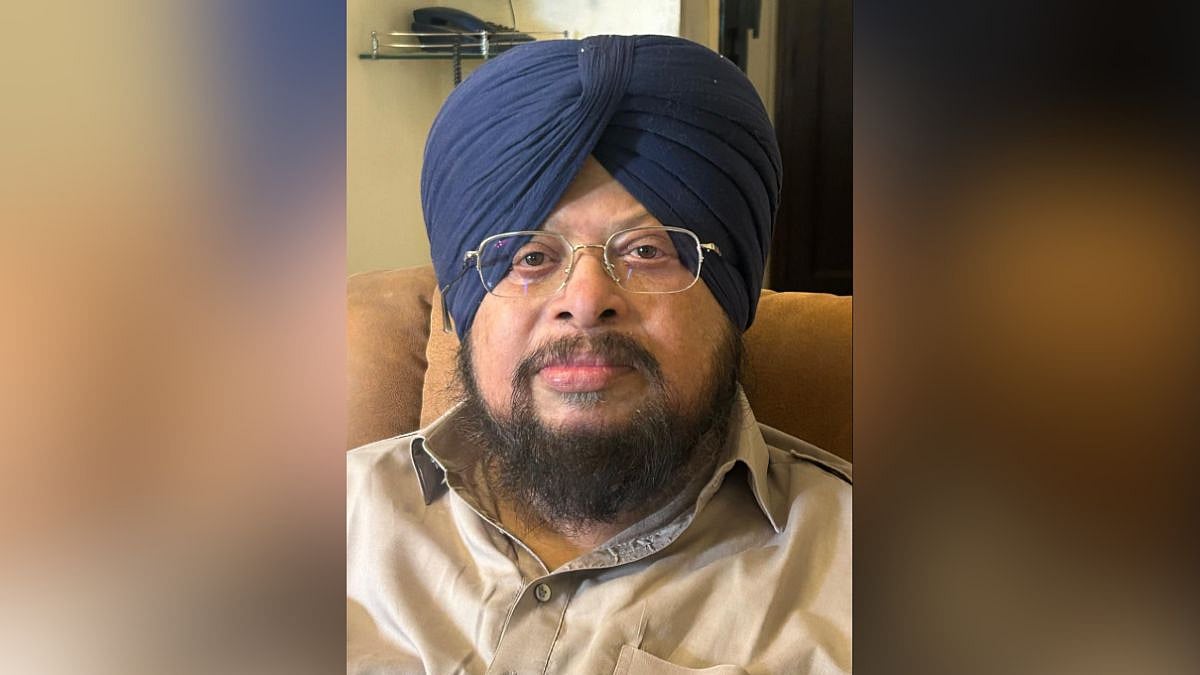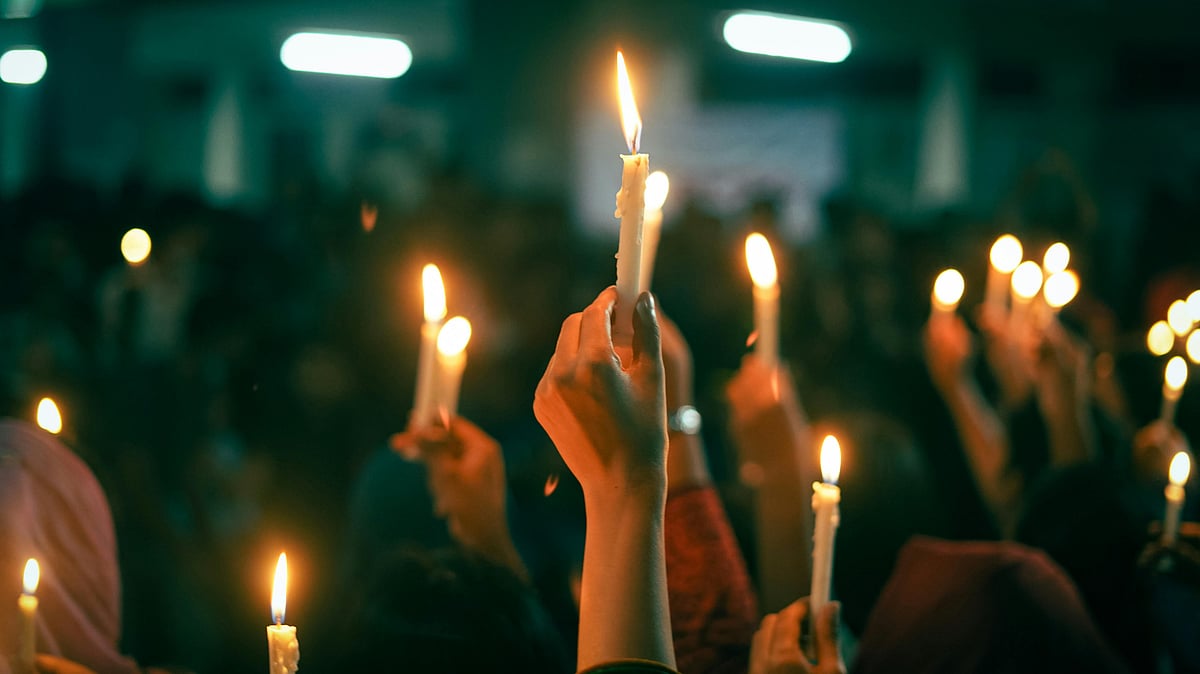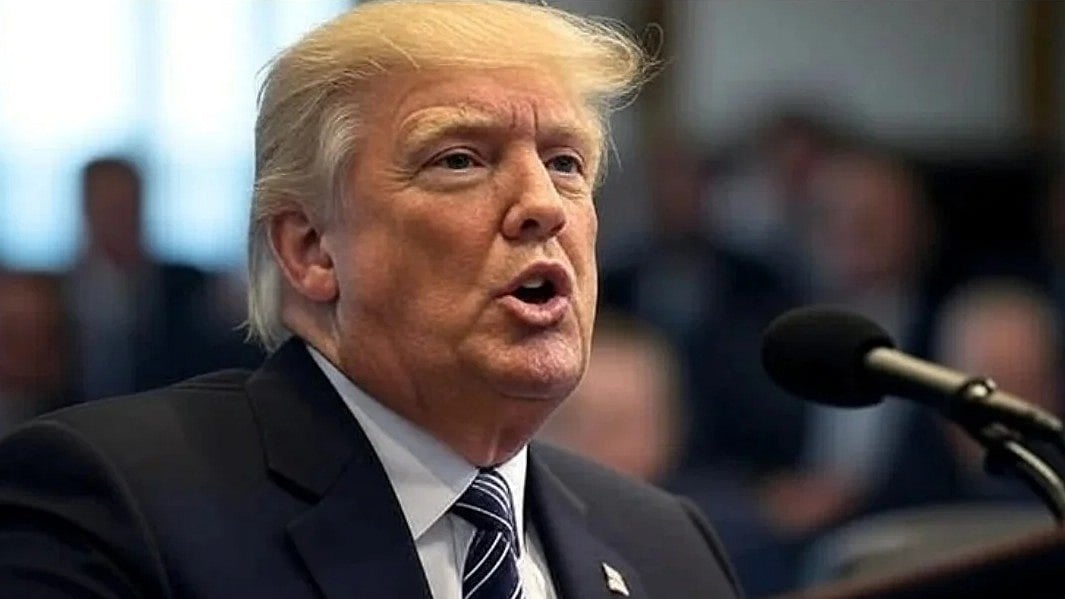The backlash of the Covid-19 pandemic is now being felt in politics. Most heads of state across the world have lost traction, going by Morning Consult, a data intelligence company tracking the approval ratings of world leaders.
Prime Minister Narendra Modi is the exception, far ahead of once-feted leaders like US President Joe Biden, Canada’s Justin Trudeau and France’s Emmanuel Macron. In democracies across the world, the pandemic led to civil liberties being curbed, elections rescheduled, restrictions imposed on campaigning and the functioning of legislative bodies suspended or modified. Now Covid-exhaustion has kicked in and citizens are tired of curbs on freedoms, statism and job losses.
The rally around-the-flag effect has worn off and leaders are under intense scrutiny for acts of commission and omission. Narendra Modi has somehow managed to beat the trend. His approval rating stands at 71 per cent, against 26 per cent for British premier Boris Johnson. Even factoring in 21 per cent disapproval, Modi’s net rating is 50 per cent, while that of most other leaders is negative. Does that argue a better handling of the pandemic and its fallout than elsewhere? Certainly, although India suffered terrible losses in the second wave, it was spared the public unrest witnessed in other countries.
The developed world saw violent clashes between citizens and public authorities over restrictions on movement and norms for access to public spaces. In India, anti-vaxxers were few and far between and citizens were by and large disciplined vis-a-vis lockdowns. Modi’s continuing popularity may owe to his unique ability to find opportunity in a crisis and spin a narrative of hope rather than despair. For example, the ‘Atmanirbhar Bharat’ campaign, suitably flavoured with nationalism and announced in 2020, was very much in tune with the times. Consider the spurt of innovation sparked by the pandemic.
All at once, researchers swung into action to develop not just a vaccine, but a number of Covid-related products. Ventilators, scarce owing to a surge in demand and disruption of imports, were developed indigenously with the private sector, academic institutions and government agencies working in tandem. Lowtech products such as sanitisers, masks and PPE kits, all of which were initially in short supply, began to be manufactured locally.
Thus, the disruption in global supply chains gave impetus to the notion of self-reliance. The importance of ‘atmanirbharta’ was carried over to electronics. The unhealthy dependence on China was underlined when a shortage of semiconductors hit Indian industry, particularly the automobile sector.
In addition, the security implications of potential backdoors built into China-made chips was red-flagged. Acknowledging the need for autonomous domestic fab, the Central government wasted no time in announcing a massive initiative to bring semiconductor manufacturing to India, and the states followed suit with their own policies on electronics. Simultaneously, innovation translated into a thriving start-up ecosystem, currently the third-largest in the world. Companies quickly adjusted to changing consumer behaviour with technology innovations and market focus, and attracted global investments. In a single year, 44 unicorns emerged from diverse sectors such as fintech, edtech, e-commerce and logistics. The pandemic also brought the importance of Modi’s Digital India initiative (launched in 2015) to the fore, with the overnight shift to digital platforms. Remote learning and working was possible thanks to the big leap in digital adoption.
Today, India has more internet users than many developed countries. Admittedly, the sudden switch to online learning emphasised the digital divide between rich and poor, and pointed to the need for acceleration in growth of digital infrastructure, particularly as hybrid education – online and in-person – is the likely trend of the future. In terms of governance, the PMO’s ‘Pragati’ project anticipated the need for leveraging digital solutions, with video-conferencing, digital data management and geospatial information systems.
It enabled video conferencing between the PMO and chief ministers and chief secretaries, to track the progress of Central and state government initiatives in real-time. Likewise, virtual meetings between the PM and other heads of state became the norm.
Covid relief measures went a long way in palliating public distress and anger over closure of businesses and job losses, besides highlighting the necessity of a robust food security system. Free food to 800 million people under the PMGKAY was a tall order and it is doubtful whether all of it was lifted, but even so, it blunted the worst effects of the pandemic, as did the cash relief package. In India, as elsewhere, the pandemic has ushered in visible changes in politics. Digital communication has become increasingly important, and is now one of the principal means of voter outreach. As always, the BJP is ahead of the curve.
With restrictions on physical rallies, virtual public meetings have become integral to campaigning. While Congress leader Priyanka Vadra held a Facebook interaction with women and girls from Uttar Pradesh earlier this month, the BJP has already held three such rallies. If there is one thing the PM will have to address in future, it is the link between public health, the economy and politics.
The pandemic has ensured that every government will have to give visible weightage to public health, and explain where and how investments are being made. Overall, Modi’s post-pandemic approval ratings are no surprise.
In public perception, he has met all reasonable expectations. Regardless of the outcomes of the assembly elections, he will continue to dominate the political landscape.
(The writer is a senior journalist with 35 years of experience in working with major newspapers and magazines. She is now an independent writer and author



